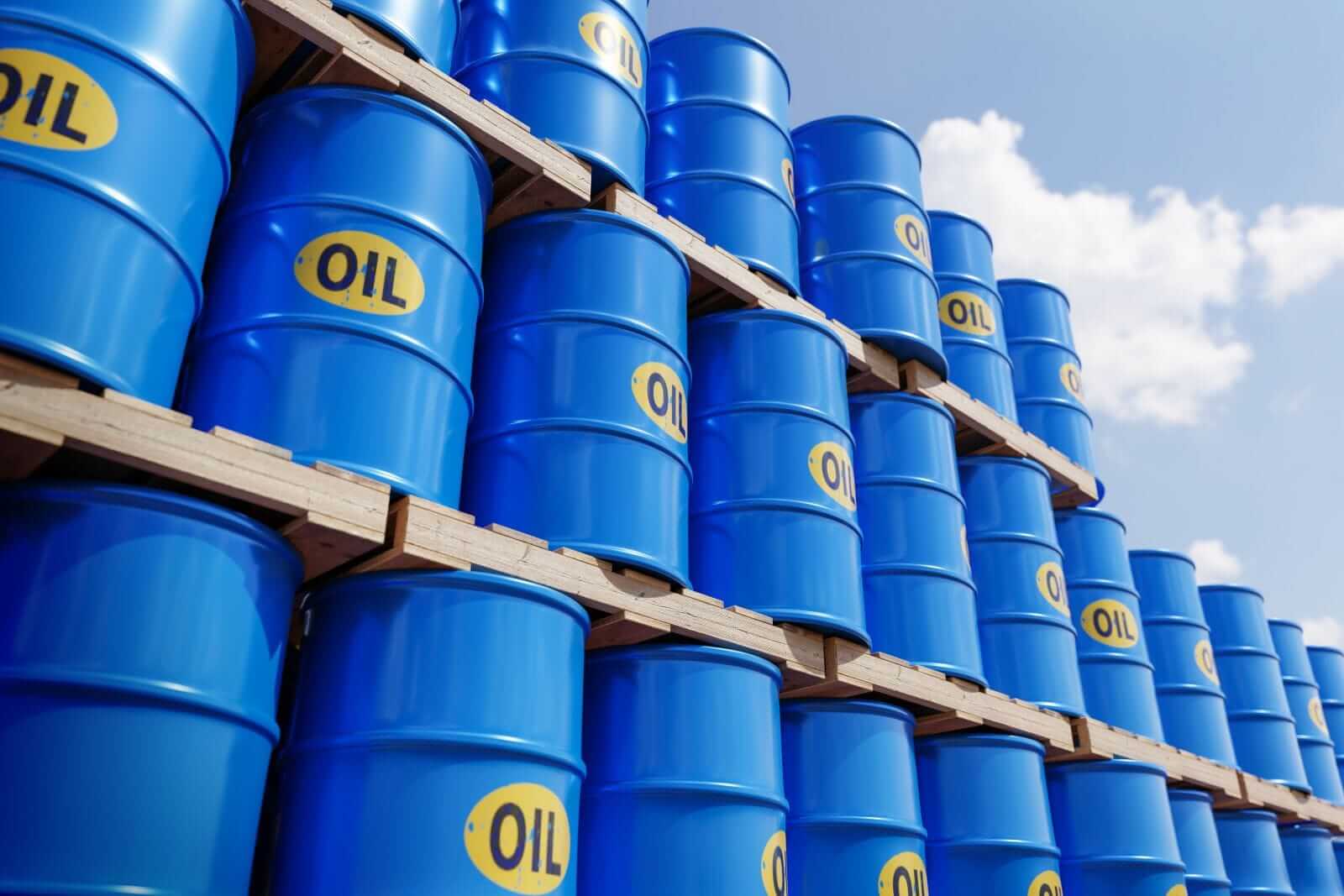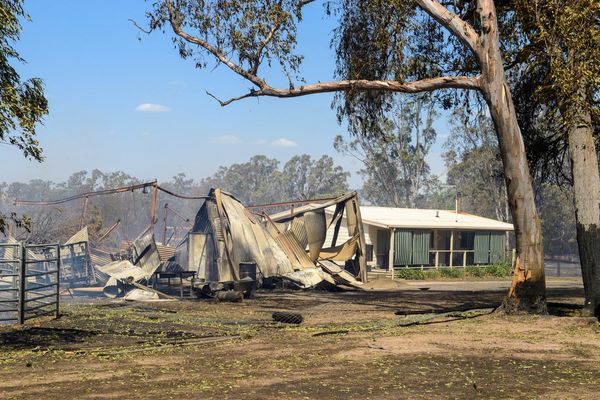
The U.S. Strategic Petroleum Reserve holds crude oil barrels in underground salt caverns at four leading oil storage facilities in the U.S. Gulf Coast, in Texas and Louisiana. The SPR is a supply of the energy commodity to reduce the impact of disruptions in supplies of petroleum products and carry out the obligations of the United States under the international energy program. The U.S. government owns the SPR, with a total capacity of approximately 714 million barrels. On April 14, 2023, the U.S. SPR stood at 368 million barrels, the lowest level in four decades.
Huge SPR sales since the end of 2021
The amount of crude oil in the U.S. Strategic Petroleum Reserve peaked in 2009 and 2010 when it stood at a total capacity of over 726 million barrels.

Source: EIA
As the chart shows, while the crude oil in the SPR edged lower to the 650-million-barrel level from 2010 through mid-2020, it plunged after Russia invaded Ukraine, and oil prices rallied to a fourteen-year high at over $130 per barrel.
The Biden administration authorized an unprecedented SPR release to address soaring traditional energy prices feeding inflationary pressures. While oil and oil product prices declined, the SPR fell to 371.579 million barrels in January 2023. Over the past months, it has dropped even more, reaching 368 million barrels for the week ending on April 14, the lowest level since October 1983.
The administration said it would purchase for the SPR between $67 and $72 per barrel
The Biden administration’s SPR sales averaged around $96 per barrel. On October 18, 2022, when the nearby NYMEX June crude oil futures contract settled at $77.26 per barrel, the administration took a victory lap. In a press release, it stated:
President Biden is committed to doing everything in his power to respond to Putin’s Price Hike at the pump, and he is delivering. Gas prices fell at the fastest rate in over a decade this summer, with average prices down by about $1.15 per gallon since their peak in June – and just about 30 cents above levels on February 24, when the war in Ukraine began.
While advising the oil market of another 15-million-barrel sale, the press release went on to say:
Second, the President is announcing that the Administration intends to repurchase crude oil for the SPR when prices are at or below about $67-$72 per barrel, adding to global demand when prices are around that range. As part of its commitment to ensure replenishment of the SPR, the DOE is finalizing a rule that will allow it to enter fixed price contracts through a competitive bid process for product delivered at a future date. This repurchase approach will protect taxpayers and help create certainty around future demand for crude oil. That will encourage firms to invest in production right now, helping to improve U.S. energy security and bring down energy prices that have been driven up by Putin’s war in Ukraine.
Repurchasing oil for the SPR accomplishes two goals, profiting from the sales and increasing the SPR to allow for future sales if oil prices increase as the war in Ukraine continues.
A missed opportunity and more sales at the recent low- Asleep or another agenda?
The chart of nearby NYMEX crude oil futures tells a story of the missed opportunity.

As the chart highlights, the continuous contract fell to $64.12 per barrel in March 2023 after trading between $70 and $80 per barrel from November through early March. Despite its claim in the October 18 press release, the administration did not purchase oil when the price dropped below $67 per barrel, instead selling more.
Either the administration was asleep at the wheel or had another agenda. The commitment to addressing climate change with support for alternative and renewable energy and inhibiting traditional fossil fuels could have led to a change of heart and additional sales. Meanwhile, the administration has been silent since the price declined to the March low.
OPEC+ decided to squeeze the U.S. and its consumers
On April 2, OPEC+ shocked the oil market by cutting production by over one million barrels per day. After years of suffering from rising U.S. shale oil production, U.S. energy policy did an about-face under the Biden administration. The U.S. handed more pricing power to the international oil cartel and its most influential non-member, Russia, which is funding its war effort with increased oil prices. The decision to sell more SPR crude oil instead of buying to replace the reserve opened the door for OPEC+ to slash production and push prices higher.

The short-term chart shows June NYMEX crude oil’s price gapped higher to over $80 per barrel on April 3. At around $78 per barrel on April 21, the energy commodity is sitting at the same price as on October 18, significantly above the administration’s $67-$72 per barrel buying target. With the peak driving season getting underway and other factors supporting crude oil’s price, there may not be another chance to buy crude oil at lower prices over the coming months.
Crude oil is hovering around $80 per barrel- China and other factors could drive the price much higher
The following factors favor stable to higher crude oil prices in late April 2023:
- The peak driving season increases gasoline demand, putting upward pressure on crude oil prices.
- China is emerging from its COVID-19 protocols. As the Chinese economy improves, global petroleum demand will likely increase.
- Russia is a highly influential non-OPEC member, cooperating with the cartel on production policy. Higher oil prices favor Russia because it funds the war effort, and the energy commodity has become an economic weapon against “unfriendly” countries supporting Ukraine.
- Oil supply transactions between China and Saudi Arabia in non-U.S. dollar terms puts downward pressure on the U.S. currency and reduce the world’s reserve currency’s role in the global economy. A weaker dollar favors higher commodity prices, and crude oil is no exception.
- After falling from over $130 per barrel in March 2022, nearby NYMEX crude oil futures appear to have found a bottom at $64.12 in late March. As the war continues, relations between the U.S./Europe and Beijing/Moscow deteriorate, and the odds of higher oil prices will increase.
The U.S. administration failed to replace some barrels sold since the massive SPR release began in 2022. If oil prices return to the $100 level, the missed opportunity will become a tragic mistake as the U.S. will have far less ammo to combat rising petroleum prices over the coming months. I am bullish on crude oil and believe buying dips and price weakness will be optimal.
On the date of publication, Andrew Hecht did not have (either directly or indirectly) positions in any of the securities mentioned in this article. All information and data in this article is solely for informational purposes. For more information please view the Barchart Disclosure Policy here.






